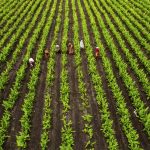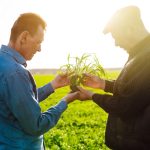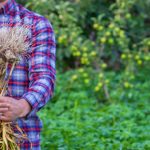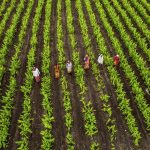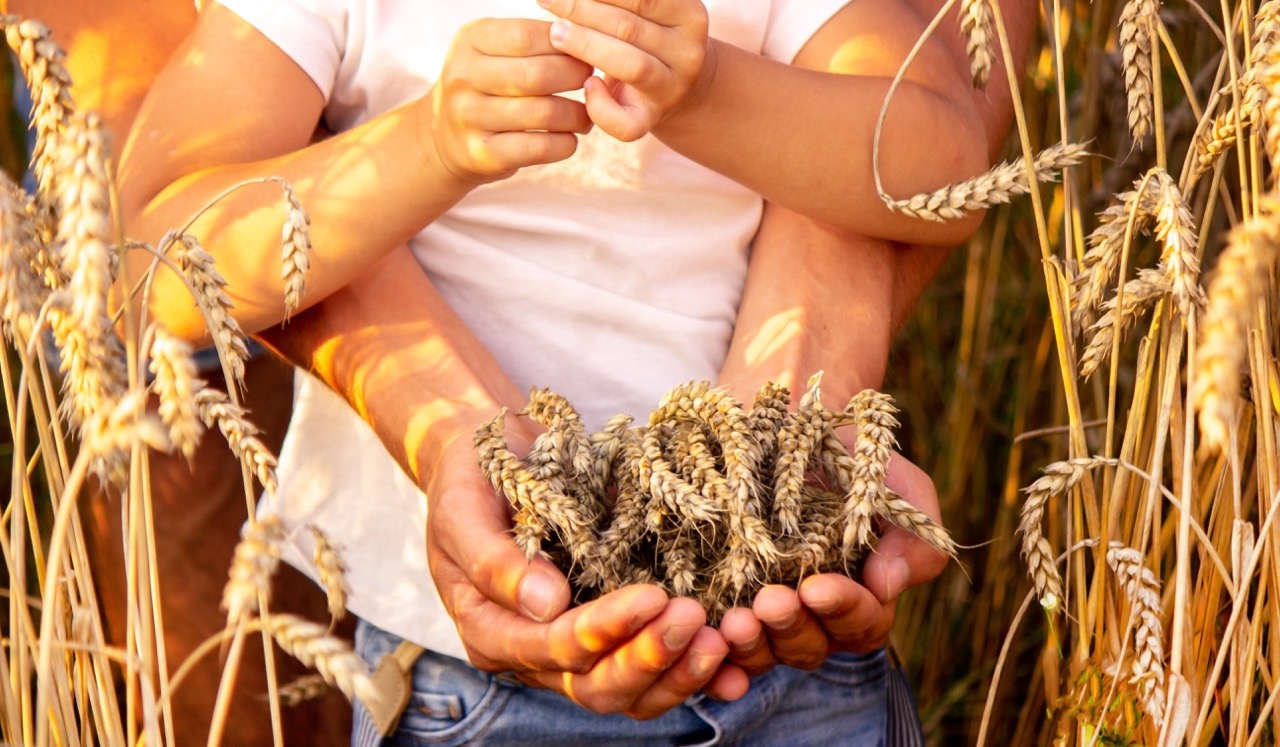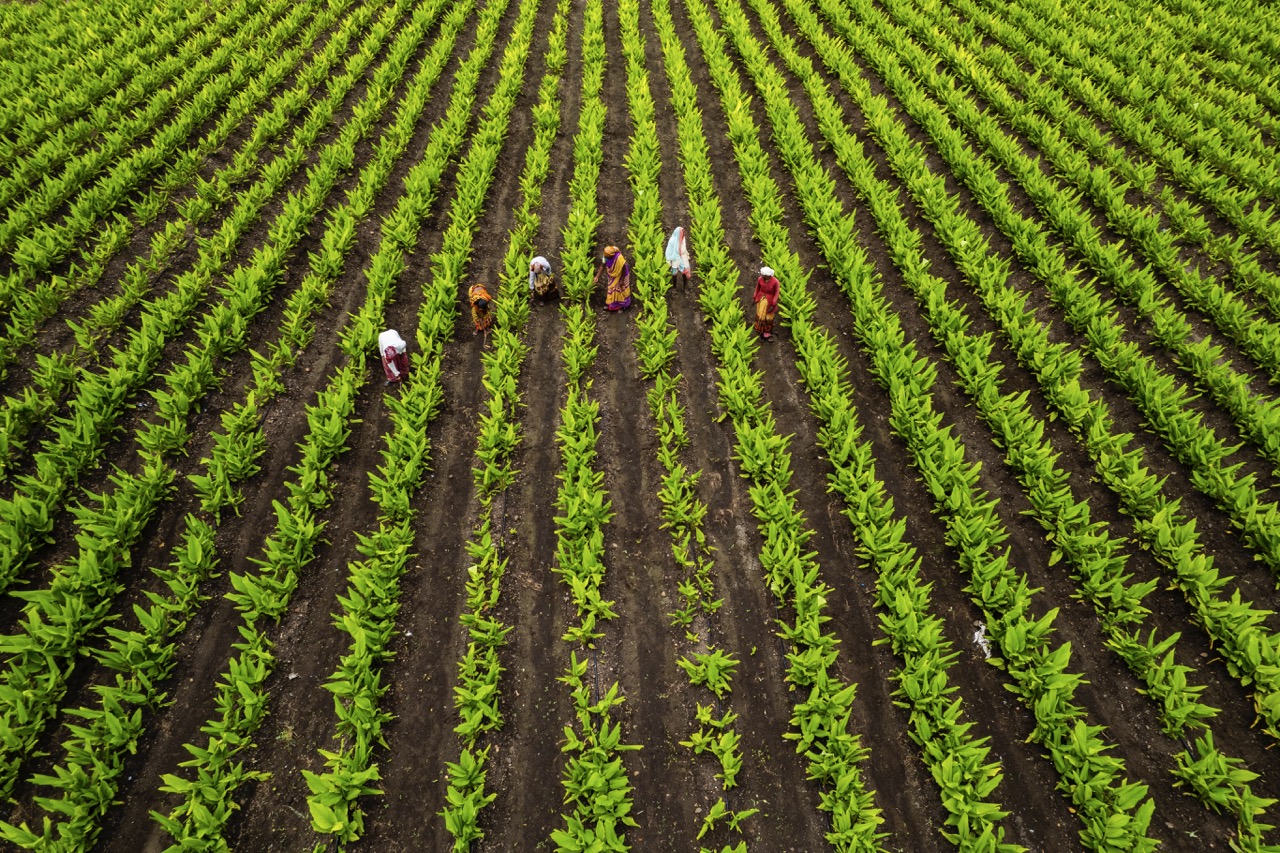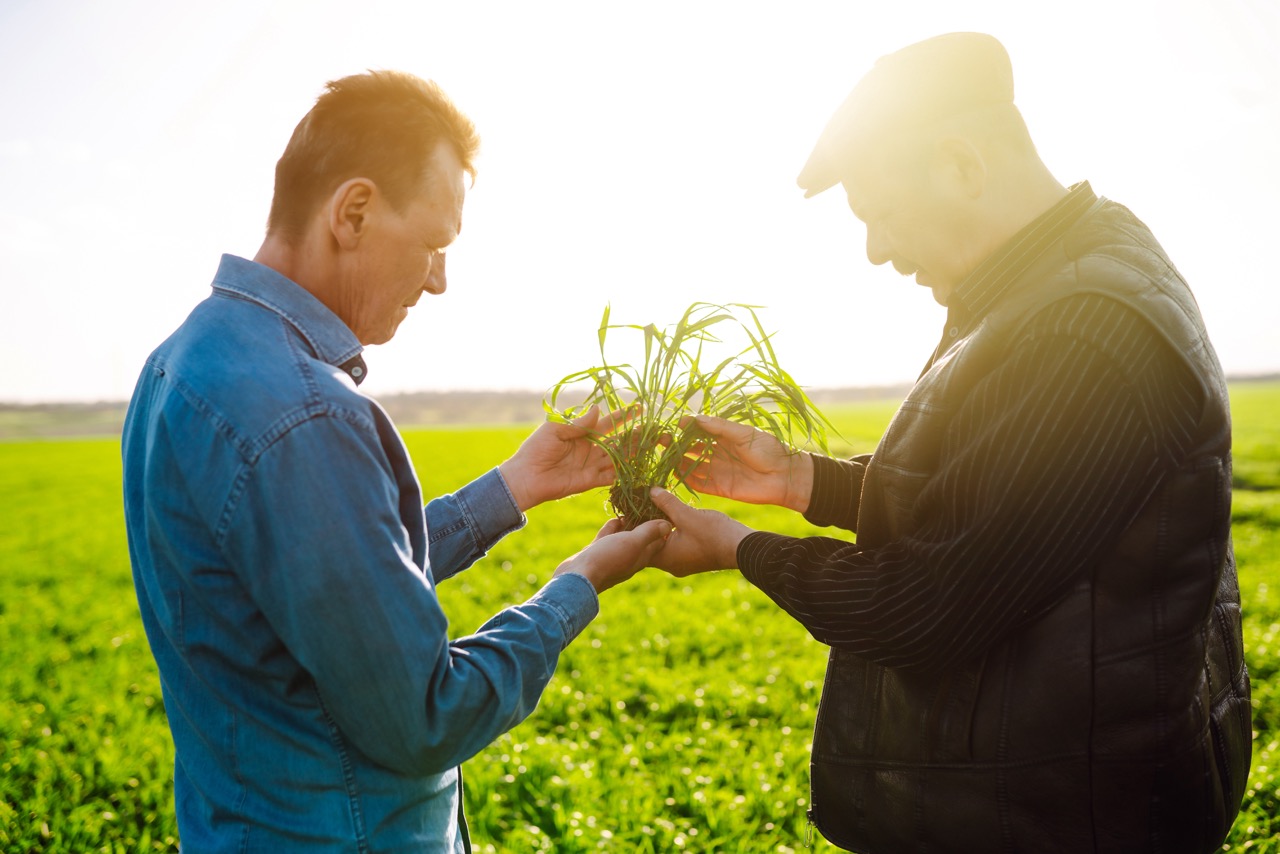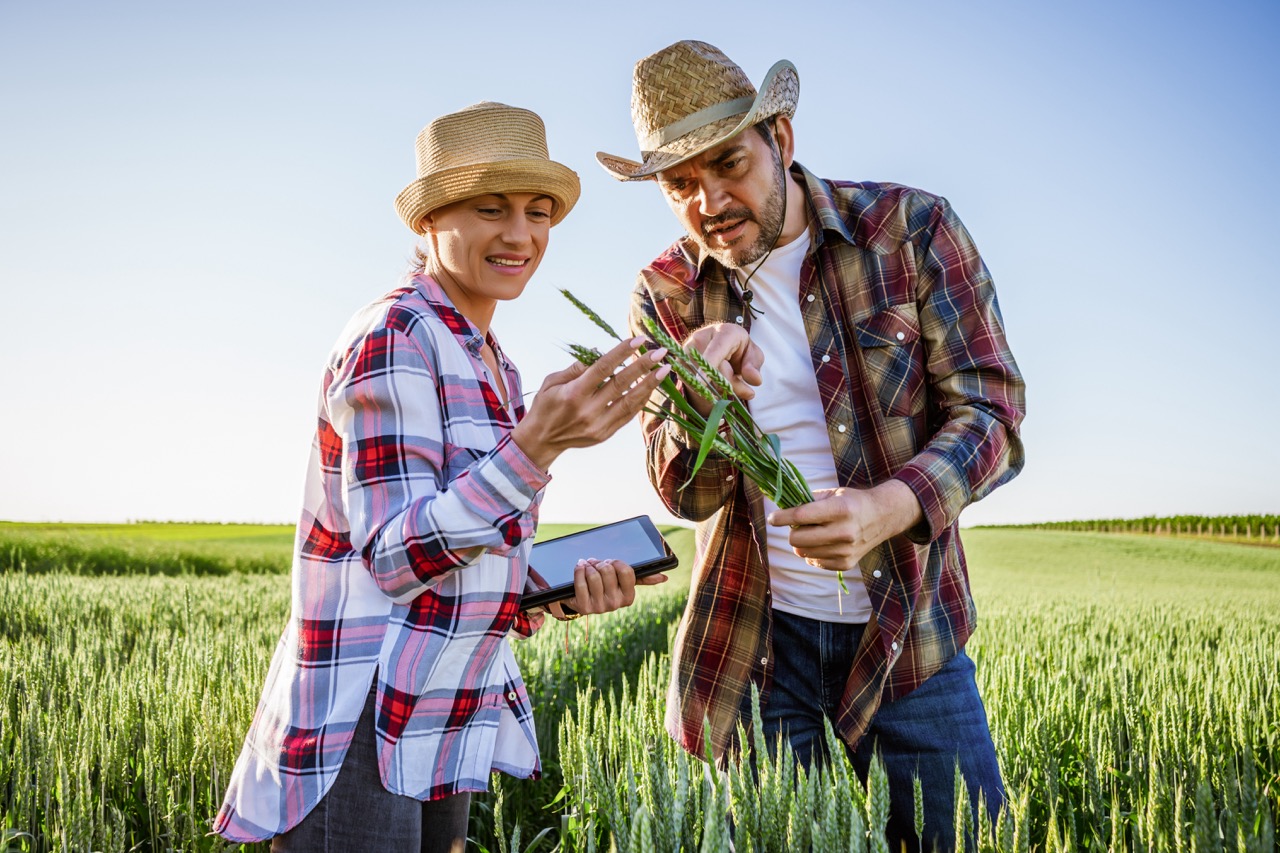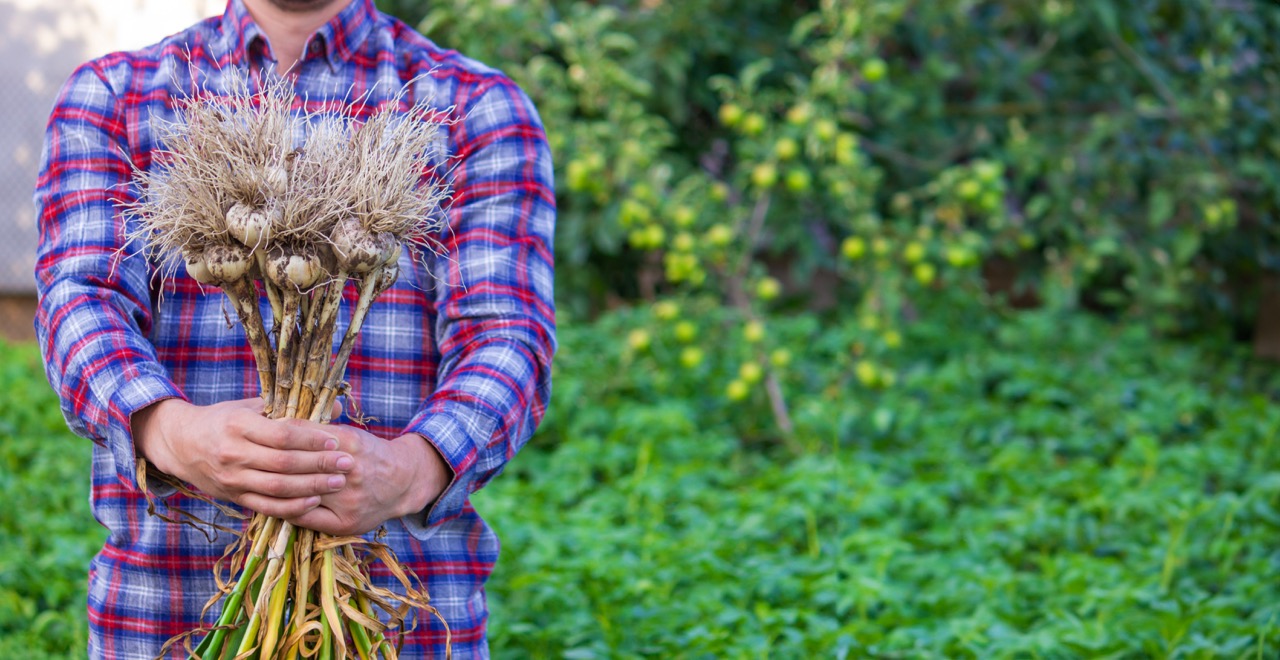As global populations rise and environmental concerns intensify, the demand for sustainable agricultural practices is becoming more critical. Livestock farming, when done sustainably, can play a significant role in addressing food security while minimizing environmental impact. This article outlines essential steps for starting a sustainable livestock operation, focusing on understanding sustainable principles, selecting suitable livestock, implementing best practices, and effective marketing strategies.
Understanding the Principles of Sustainable Livestock Farming
Sustainable livestock farming is an approach that seeks to balance economic viability, environmental stewardship, and animal welfare. At its core, sustainable farming acknowledges the interconnectedness of ecosystems and human activity. This means that livestock operations should not contribute to deforestation, soil degradation, or water pollution. Instead, they should promote biodiversity and ecosystem services, ensuring that the land remains productive for future generations.
Another fundamental principle is the ethical treatment of animals. Sustainable livestock farming prioritizes the well-being of animals, providing them with living conditions that meet their physical and behavioral needs. This includes access to pasture, appropriate space, and social interactions. By focusing on animal welfare, farmers can also enhance the quality of livestock products, leading to healthier food options for consumers.
Lastly, sustainable livestock farming emphasizes resilience and adaptability. Farmers must be prepared to respond to challenges such as climate change, market fluctuations, and disease outbreaks. This requires continuous learning and innovation, whether through adopting new technologies, diversifying livestock breeds, or implementing regenerative practices that restore and enhance the environment.
Choosing the Right Livestock: Species and Breeds Matter
Selecting the right species and breeds is one of the most critical decisions in establishing a sustainable livestock operation. Different animals have varying environmental footprints, dietary needs, and resilience to local climatic conditions. For instance, goats and sheep are generally more adaptable to arid conditions than cattle and can help manage land through grazing, reducing the risk of wildfires. Understanding the local ecosystem can guide farmers in making informed decisions about which livestock will thrive and contribute positively to the land.
In addition to suitability for the environment, farmers should consider the breed’s production efficiency and disease resistance. Some heritage breeds are specifically adapted to local conditions and have a lower environmental impact compared to conventional breeds. These breeds often exhibit higher resilience to diseases, which can reduce the reliance on antibiotics and other interventions, aligning with sustainable practices.
Furthermore, farmers should assess market demand when choosing livestock. Selecting species that are both sustainable and in demand can enhance profitability and create opportunities for niche marketing. For example, producers specializing in organic poultry or pasture-raised pork can attract consumers seeking high-quality, ethically raised products. Conducting market research is essential to ensure that the chosen livestock will meet both sustainability goals and economic viability.
Implementing Sustainable Practices on Your Farm
Once the right livestock has been selected, implementing sustainable practices on the farm is crucial. One effective approach is rotational grazing, which allows livestock to graze on different pastures in a planned sequence. This system promotes soil health, reduces overgrazing, and enhances biodiversity by allowing grasslands to recover between grazing periods. Additionally, it can improve animal health and productivity by providing varied forage for livestock.
Water conservation is another essential practice in sustainable livestock operations. Implementing systems for rainwater harvesting, installing efficient irrigation methods, and ensuring clean water access for livestock can significantly reduce water wastage. Moreover, farmers should consider using technologies that monitor and manage water usage, contributing to overall resource efficiency and sustainability.
Finally, integrating agroecological principles can enhance sustainability. This may include companion planting, using cover crops, and creating habitats for beneficial insects. These practices not only help maintain soil health and fertility but also support the local ecosystem, promoting a balanced environment in which livestock can thrive. Educating oneself about regenerative agricultural practices can empower farmers to create a more sustainable and resilient operation.
Marketing Your Sustainable Livestock: Strategies for Success
Marketing is crucial for the success of any livestock operation, particularly for those focused on sustainability. Understanding the target audience is essential; consumers increasingly seek out products that align with their values, including animal welfare, environmental sustainability, and organic practices. Farmers should highlight these aspects in their branding and marketing efforts to attract conscious consumers.
Building a strong online presence can significantly enhance market reach. Utilizing social media platforms, creating informative content, and engaging with local food communities can help promote the farm’s sustainable practices. Additionally, farmers can consider forming partnerships with local restaurants, farmers’ markets, and grocery stores to create a distribution network that values sustainability. Transparency about farming practices can also build trust with consumers, making them more likely to support sustainable initiatives.
Another effective marketing strategy is to leverage certifications and labels that reinforce a commitment to sustainability. Certifications such as organic, humane, or grass-fed can enhance credibility and attract a broader customer base. While pursuing certifications may involve additional costs and efforts, they often translate into higher price points and increased consumer loyalty. By effectively communicating the benefits of sustainable livestock practices, farmers can carve out a niche market that rewards their commitment to environmental stewardship.
Starting a sustainable livestock operation requires careful planning, knowledge of sustainable principles, and a commitment to ethical practices. By choosing the right species and breeds, implementing effective sustainable practices, and employing strategic marketing techniques, farmers can establish a successful operation that meets the growing demand for responsible food production. As we navigate the challenges of the 21st century, sustainable livestock farming offers a promising path toward a more resilient and equitable food system.
